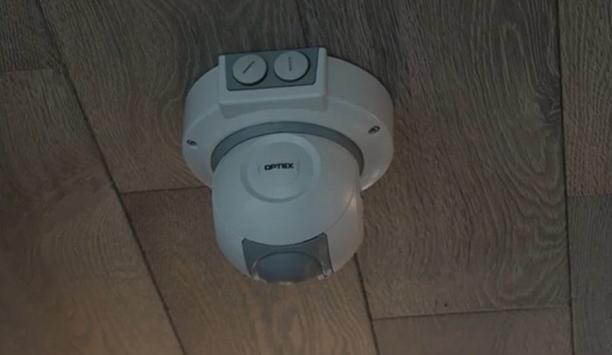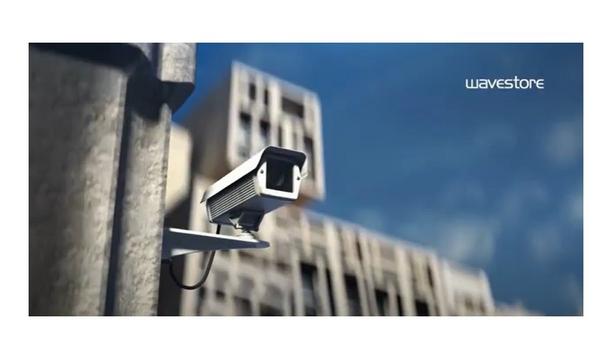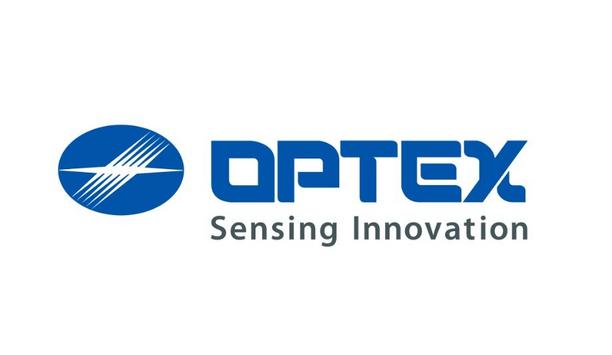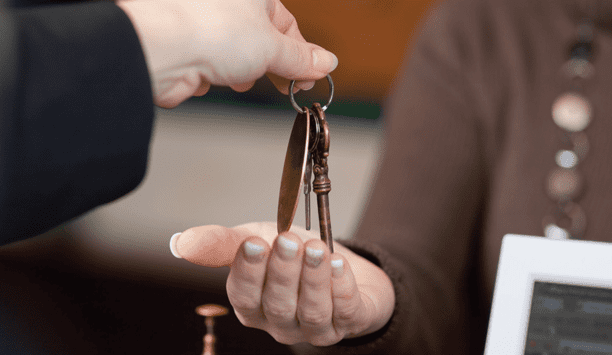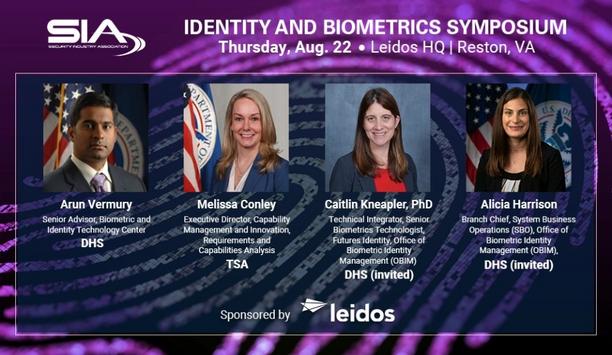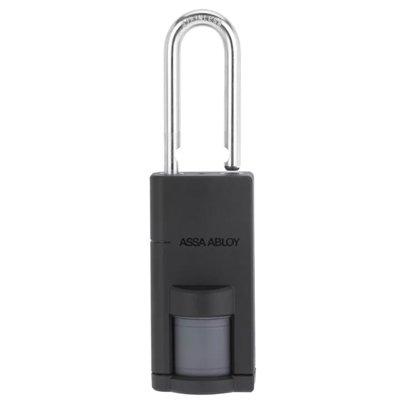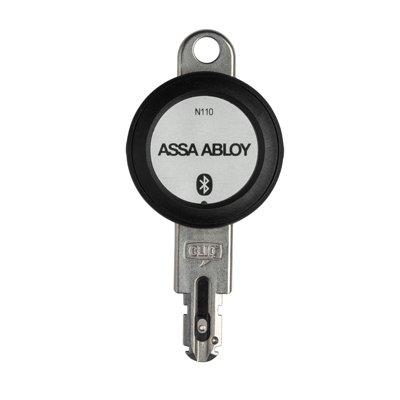Ever wish your smart phone could see in the dark? Sure you have, and FLIR Systems has just the gadget to make it possible. It’s the FLIR One, the “first personal thermal imaging device for consumers,” introduced earlier this year. Now available for the iPhone, with a version for select Android models coming soon, the product sells for less than $350. It allows its users to “see what the naked eye can’t.” According to the manufacturer, FLIR One “provides a visual image of minute temperature differences, giving users the power to see in the dark, observe invisible heat sources, compare relative temperatures, [and] see through smoke.” FLIR One made a big splash at the Consumer Electronics Show (CES) in January and has been widely featured in the technology media since then.
FLIR One is part of the company’s strategy of promoting greater use of thermal imaging in a variety of markets, including security, by increasing overall consumer awareness of the power of the technology. The new camera for the consumer market uses technology that will also be coming soon to a security camera near you, expanding the capabilities of video surveillance and combining the benefits of thermal and visible imaging into a single video stream.
FLIR’s Multi-Spectral Dynamic Imaging (MSX) capability – used in the FLIR One and soon to be incorporated into security cameras – involves extracting the details of a visible image and “embossing” them onto a thermal image, says Andy Teich, FLIR CEO. The FLIR One uses both a thermal image sensor and the smart phone’s visible camera; there are two apertures. The compact device combines both of the images using MSX algorithms running in the background to calibrate and perfectly align the two images into one. The smart phone then displays a single video image that is richer in content than either one individually.
The resulting thermal image includes some of the visible details – the most important ones at any rate. “[The technology] blends high-fidelity detail from a visible image with thermal for an image this is quite rich in detail,” Teich says. In the security market, for example, the image can combine a thermal image of a car in a parking lot with the ability to read the license plate number, which would be captured by a visible sensor. The “edges” created by color changes in a visible image provide detail that is combined with a thermal image. (FLIR has provided both visible and thermal cameras since its acquisition of Lorex Technology in 2012.)
Teich says the MSX technology was developed for the company’s thermography business, which involves the use of hand-held cameras for temperature detection. The FLIR One is the first camera introduced outside the thermography segment. “Ultimately it will find its way into the security business,” says Teich, probably “within the next year.”



